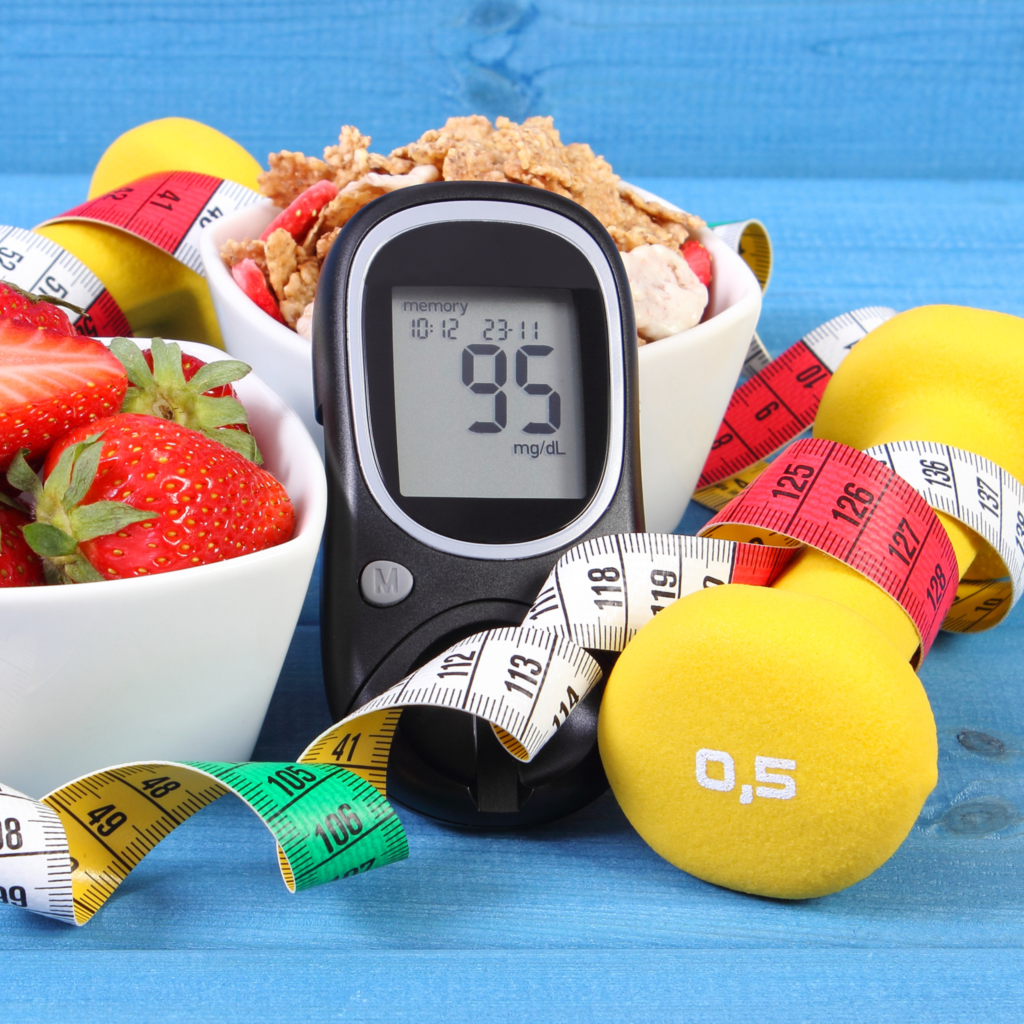Crown Tooth Adhesive Guide: Stronger Bond

When it comes to dental restorations, the bond between the tooth and the crown is crucial for the longevity and success of the procedure. A strong bond not only ensures that the crown stays in place but also prevents bacterial leakage, which can lead to further complications such as decay or gum disease. The dental adhesive used plays a pivotal role in achieving this strong bond. In this comprehensive guide, we will delve into the world of crown tooth adhesives, exploring their types, applications, and the factors that contribute to a stronger bond.
Understanding Dental Adhesives
Dental adhesives, also known as dental cements, are materials used to bond dental restorations, such as crowns, bridges, and inlays, to the tooth structure. The primary function of these adhesives is to create a secure, long-lasting bond that withstands the challenges of the oral environment, including chewing forces, thermal changes, and chemical attacks from bacteria and food.
Types of Dental Adhesives
There are several types of dental adhesives available, each with its own set of characteristics and applications:
Zinc Phosphate Cement: One of the oldest and most traditional dental cements, zinc phosphate is known for its high compressive strength and durability. However, it has a low tensile strength and can be irritating to the pulp due to its acidity.
Polycarboxylate Cement: Introduced as a more biocompatible alternative to zinc phosphate, polycarboxylate cements bond to tooth structure and release fluoride, enhancing their anti-cariogenic properties.
Glass Ionomer Cement (GIC): GICs are popular for their ability to bond to tooth structure, release fluoride, and have a coefficient of thermal expansion similar to that of tooth structure. They are used in a variety of applications, including as a base under restorations and for lining cavities.
Resin-Modified Glass Ionomer Cement (RM-GIC): Combining the benefits of traditional glass ionomers with the strength of resin, RM-GICs offer improved mechanical properties and are often used for restorations in non-load bearing areas.
Resin Cement: These cements offer high strength and are commonly used for bonding ceramic, composite, and metal restorations. They require a bonding agent and can be light-cured, chemically cured, or dual-cured.
Factors Influencing the Bond Strength
Several factors can influence the bond strength between the crown and the tooth:
Surface Preparation: The surface of both the tooth and the crown must be properly prepared. This includes cleaning, etching (in the case of enamel and certain materials), and applying a primer or bonding agent.
Material Selection: Choosing the right adhesive material for the specific restoration is crucial. Different materials have different bonding strengths to tooth structure and restorative materials.
Moisture Control: Excess moisture can interfere with the bonding process, particularly with resin-based adhesives. Effective moisture control is essential for achieving a strong bond.
Technique and Application: The technique used for applying the adhesive and seating the crown affects the bond strength. Proper training and experience are necessary for optimal results.
Enhancing Bond Strength
To achieve a stronger bond, several strategies can be employed:
Optimize Surface Preparation: Ensure that the tooth and restoration surfaces are thoroughly cleaned and prepared according to the manufacturer’s instructions for the chosen adhesive.
Select the Right Adhesive: Match the adhesive to the type of restoration and the specific needs of the patient, considering factors such as the location of the restoration, the patient’s oral environment, and the desired mechanical properties.
Control the Environment: Manage moisture and ensure the operating field is clean and dry to prevent contamination.
Follow Manufacturer Guidelines: Adhere strictly to the application instructions provided by the manufacturer, including mixing, application times, and any required curing processes.
Future Trends in Dental Adhesives
The field of dental adhesives is continually evolving, with research focused on developing materials that are stronger, more durable, and more biocompatible. Advances in nanotechnology and the incorporation of bioactive materials are expected to play significant roles in the next generation of dental adhesives, potentially leading to restorations with improved longevity and reduced sensitivity.
Conclusion
Achieving a strong bond between the tooth and the crown is fundamental to the success of dental restorations. By understanding the types of dental adhesives available, the factors that influence bond strength, and strategies for enhancement, dental professionals can provide patients with restorations that are not only aesthetically pleasing but also durable and long-lasting. As research and technology continue to advance, the future of dental adhesives holds promise for even stronger, more reliable bonds, further improving patient outcomes and satisfaction.
What is the most commonly used dental adhesive for crowns?
+Resin cement is one of the most commonly used dental adhesives for crowns due to its high strength and versatility in bonding to various types of restorative materials.
How can I ensure the longevity of my dental crown?
+To ensure the longevity of your dental crown, practice good oral hygiene, including regular brushing and flossing, attend scheduled dental check-ups, and avoid chewing on hard objects or ice, which can damage the crown.
Can dental adhesives be used for other dental procedures besides crowns?
+Yes, dental adhesives are used in a variety of dental procedures, including bridges, inlays, onlays, and even some types of fillings. The choice of adhesive depends on the specific procedure and the materials involved.


